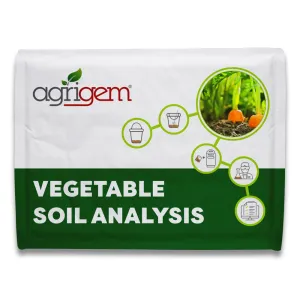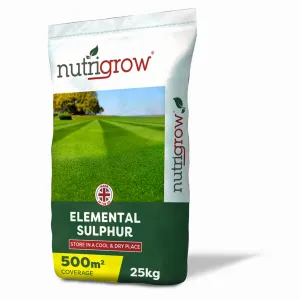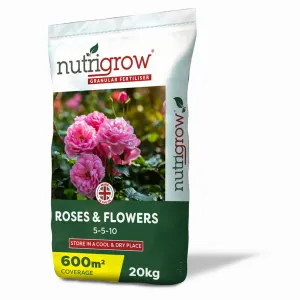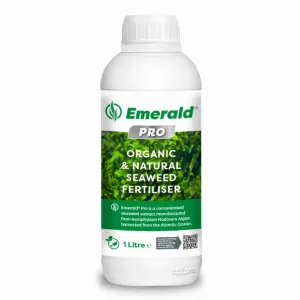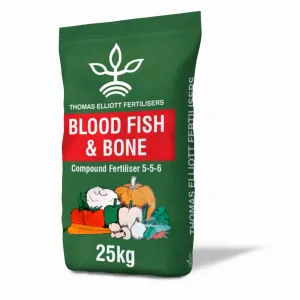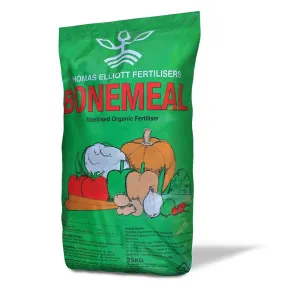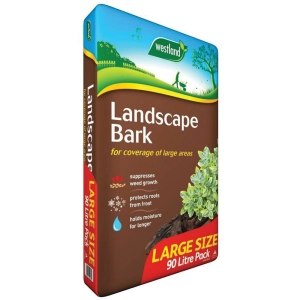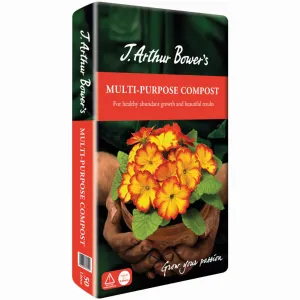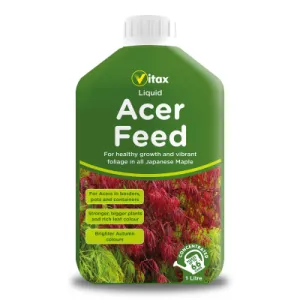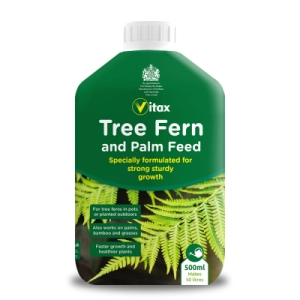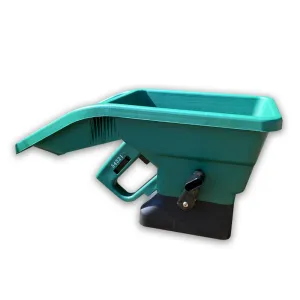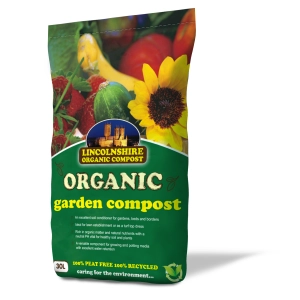February might still be a winter month, but it should mark the end of the very cold weather and the start of warmer days to come.
Daylight hours also increase in February helping to prep plants for active photosynthesis once those leaves start to appear. In short, February is a month of promise – we’re not ready to grow, but we’re getting there!
Get to know your soil
Before starting on a regime of soil enrichment, it pays to know what you’ll be working with in the growing season.
If you’re planning on growing vegetables this year, you’ll want to know that the pH of your soil is at the correct level for successful growing.
A simple soil test will help you understand what’s going on beneath the ground and will provide you with a tailored recommendation for any pH rebalancing and nutrient remediation products.
This is important because whilst some vegetables will thrive in acidic soils (for example: aubergine, potato, shallots, and rhubarb), others - like lettuce, onions, rocket and spinach -prefer neutral to alkaline soils.
The generally accepted pH range for a productive food garden is from 6.0 to 6.5. Soil pH can be changed by using fertilisers and lime for acidic soil, and sulphur for alkaline soil.
However, make sure you follow the application guidelines to ensure you don’t over or under adjust, as over-dosing can damage plants, and under-dosing may not amend the soil effectively.
Souped up soil
Trees, ornamentals, perennials and annuals will all benefit from soil enrichment - whether you plan to grow from scratch or just treat existing plants to a pre-season preparatory feed.
When we talk about enrichment products, we mean fertilisers, compost, mulch, or organic matter. Products like Blood, Fish & Bone fall into the organic plant food category, as do Bonemeal and seaweed-based fertilisers.
Blood, fish and bone fertilisers deliver nitrogen, phosphorus, and potassium slowly – ideal for healthy plant development in early spring.
Applying this product in February gives the nutrients time to integrate into the soil. It will also improve the soil structure and encourage microbial activity, enhancing overall soil health.
Fertiliser mixes should be assessed based on their balance of nutrients. A fertiliser high in nitrogen will encourage rapid green growth which may not be wanted, so do check the NPK balance before buying.
Multi-purpose organic fertilisers can be a great choice for enriching soil – both for ornamentals and for turf. Others are formulated to support the health of specific plants like roses, tree ferns or acers. So, decide where you want to enrich your soil and why, and choose the best product to suit.
If you have any concerns or questions, just get in touch with our technical teams, for free advice.
Applying fertilisers
Apply a layer 2-4 inches thick of compost or organic matter directly to the soil and work it in as evenly as possible for new beds.
Take this opportunity to dig out any stubborn weeds and remove visible weed seedlings to prevent them getting a hold in the growing season. In February, our garden soil is often damp and workable, which should make the process of removing weeds and digging in organic matter easy.
You can leave compost or organic matter on the surface of existing soil around ornamentals if digging it in would be difficult or damaging to the plants. It will incorporate itself into the soil over time.
You can also use compost, mulch and organic matter over older compost to suppress hidden weeds and prevent them from germinating once the weather warms. If you are using decorative mulch, you will want to leave this on the surface of the soil and not incorporate it.
Apply granular fertilisers by hand, or by using a purpose made spreader – depending on the size of the area to be fertilised.
Don’t forget the lawn
Despite the challenging conditions of winter, it’s worth remembering that lawns need feeding too.
We stock a range of autumn/winter fertilisers to help protect your grass for the remainder of the winter and to give it a boost come spring.
Find our more about fertilising lawns in winter in our blog.
As long as you avoid fertilising when the ground is frozen or icy, you can enjoy the process of soil enriching in February and be assured you are doing everything you can to support a thriving spring garden!




